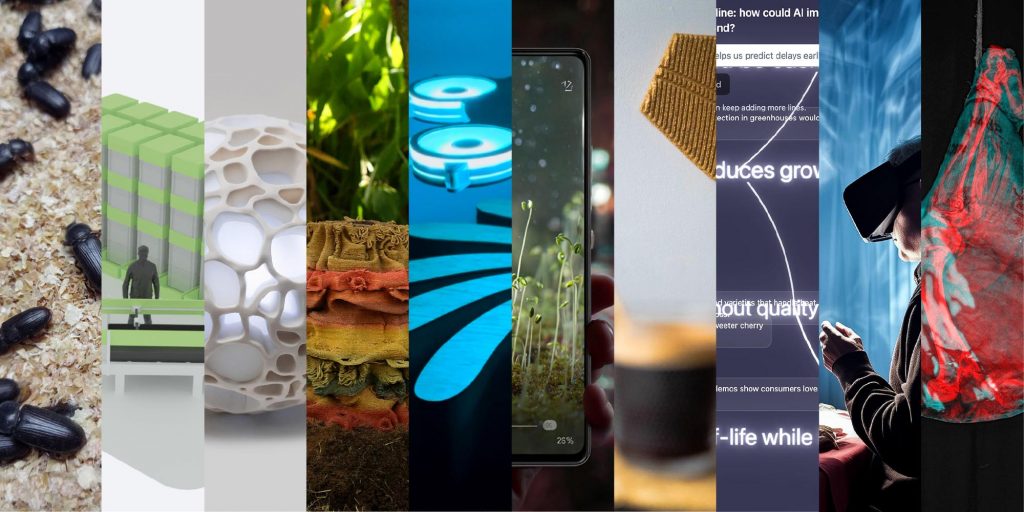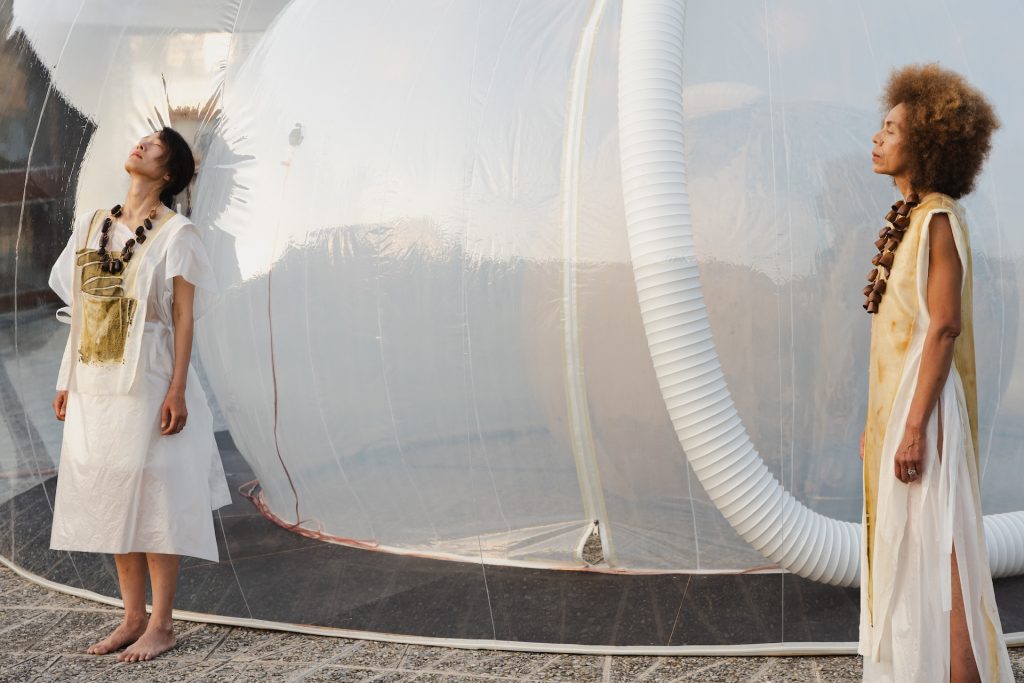Paths to Progress Experiments Culminated with an Insightful Wrap Up Event ○ S+T+ARTS Hungry EcoCities
The seeds we planted 14 months ago have borne delicious fruits: Our 10 Paths to Progress Experiments (PPEs) have recently unveiled the prototypes that encapsulate the joint effort between the selected artists and small- and medium-sized enterprises (SMEs).
Each with a distinct scope of research, these prototypes can be viewed collectively to address five key themes in a drawing of Carolyn Steel’s book Hungry Cities, an important resource in the discussion of the state of the food system. These themes are respectively Eating Culture, Growing Conditions, Knowledge Sharing, Economic Value and Market Competition.
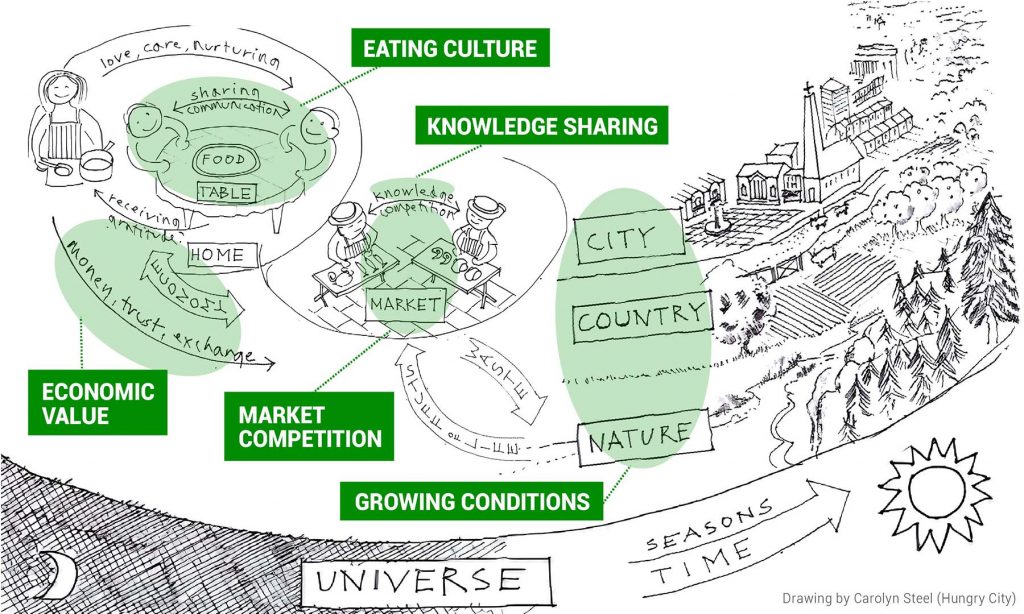
The experiments’ completion also marks the conclusion of the second residency of Hungry EcoCities. We began by asking those who were in the agri-food business about the challenges they were facing. Relying on artistic and technological innovation, that question subsequently turned into concrete experiments and tangible outcomes, that bring us a step closer to a healthier, more sustainable, and responsible system.
Project Videos Sum Up Successes and Lessons Learned
To look back on our collective journey, all the artists, SME representatives and consortium members of Hungry EcoCities got together at the Wrap Up Event held online on 31 October 2025. One of the main segments was the premiere of the 10 demonstration videos, which outline the importance of the PPEs and document their progress throughout the residency period.
Some of the highlights include María Castellanos and Alberto Valverde’s Be(e)together. The video takes us to the idyllic countryside where beekeeping initiative Olaya Miel harvest organic mono-floral honey. The artist duo’s experiment adopts an open-source environmental kit with sensors and AI cameras to measure how environmental conditions impact bee traffic and the health of colonies.
Equally intriguing is the video for Compostable Altar, a collaboration between Betiana Pavón and Le Terre di Zoè, and an example of a project that is positioned in the growing conditions on the countryside. It lets us in on their 3D printing workshop, in which organic waste undergoes a breathtaking transformation process. The resulting parametric sculptures are meant to enrich farm soil while it slowly decomposes. The workshop itself was set up with open-source tools. It carries significant educational value to stimulate agritourism, allowing visitors to connect with the natural surroundings.
The video narrating Alexandru Damian and Capanna Prosciutti’s CRAFT | MEAT | AI is rife with stunning microscopic images, which reveal the tissues within a whole air-dried ham and scientifically prove the superiority of slow, traditional curing methods. Another part of the project outcome, a book made with a centuries-old salt printing technique, is a poetic portrayal of the Capanna Prosciutti and the craftsmanship behind meat curing.
You are highly encouraged to check out all the demonstration videos on our YouTube channel and discover how art and technology join forces to bring forth meaningful paths to progress to our food system.
From Shared Interest to Real Partnership
When the clips were playing, a palpable sense of admiration and camaraderie arose, as the teams caught a glimpse of the thoughts behind other experiments and the dedication of their peers.
“The best thing that came out of it and totally unexpected: a new friendship. There is a lot of motivation and positive energy to continue”
Eleni Karagiannidou, Chief Operations Officer of Staramaki and the SME partner of Straw Return, noted.
●
Iryna Gavrylova, Chief Executive Officer of Sprout Dynamics who worked on Sprouting Embryonic Futures, agreed, adding that multi-disciplinary teamwork can help unlock new possibilities in our search for creative solutions to revitalize the food system.
“Engaging with artists and researchers helped us see technology not only as a tool for efficiency, but as a medium for communication, education, and emotional connection with food. This experience sparked fresh ideas and inspired us to rethink how innovation in biotechnology can be made more human and accessible”
she said.
Synergy with Humanizing Technology Experiments
In addition to the partnerships within the scope of the PPEs, there were also crossover opportunities with the Humanizing Technology Experiments (HTEs) from the first Hungry EcoCities residency. Through these partnerships, the potential of the HTE prototypes were evaluated in a real environment.
A successful example is the expansion of The Council of Foods, a digital simulation interface in which different foods lobby for their own interests in a parliament-like setting. Reinterpreting the information gathered by Castellanos, Valverde and their SME partner Beesage, a honey pot character was created to dissect food and agriculture from a bee’s perspective. Meanwhile, having explored small-scale, modular farming units in the PPE Open Source Harvesting Community, Logiqs examines where vertical farm crops stand in the food chain through the voice of a kale in this virtual forum.
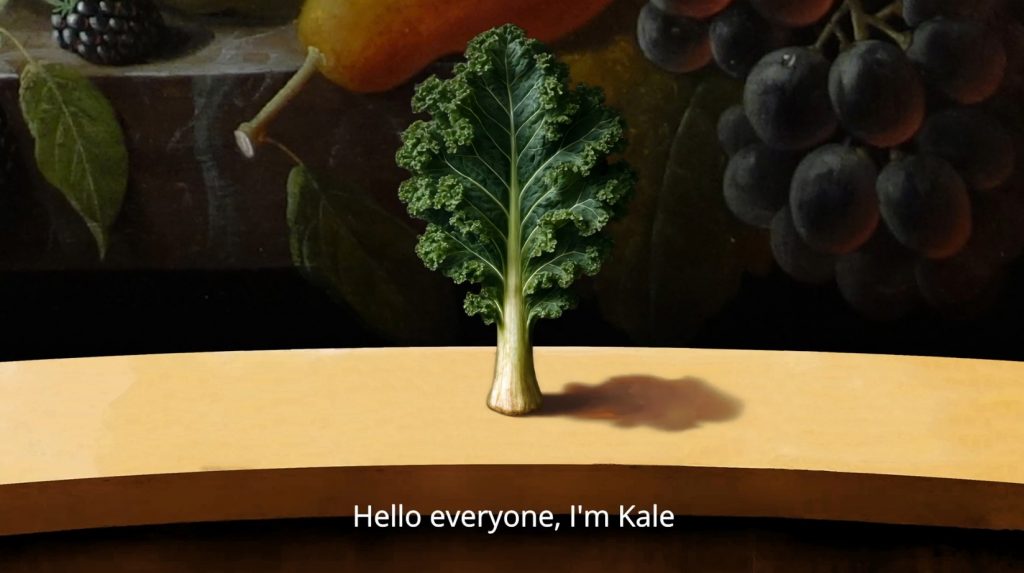
Hungry EcoCities “The Council of Foods”, Kale speech by Nonhuman Nonsense
New Horizons
With the residency coming to an end, many participants emphasized it is just the first step towards a more advanced destination. Their prototypes can be further developed technologically, scaled up for business uses, or presented publicly to keep citizens informed. Straw Return, for instance, has been introduced to international design professionals at the 2025 edition of the Dutch Design Week. It has parlayed the warm reception into contacts with potential clients to produce the biodegradable bricks and participation in other innovation projects.

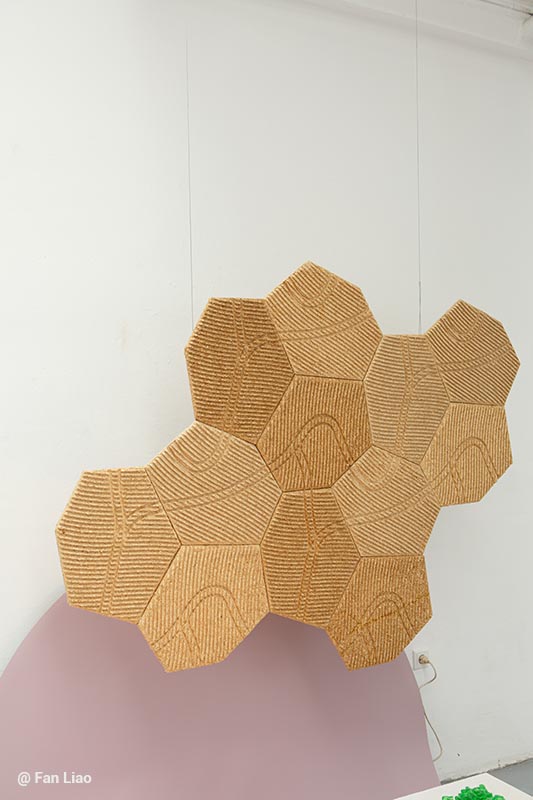
Straw Return by Isaac Monté + staramaki – Panels displayed at the Kazarne and at HOW&WOW by Crafts Council Nederland
Pavón’s Compostable Altar pieces will be showcased at Disseny Market Barcelona in December 2025. Elsewhere, Be(e)together will be featured in Castellanos’ exhibition “Shared Ecologies Between Humans, Bees and Machines” at CAB, Burgos, in February 2026.
Meanwhile, please also look forward to the next step of Hungry EcoCities. We are currently setting up the closing event in February 2026 to put a bow on this rewarding undertaking.
Our quest to optimize cities and their food spaces, however, is far from over. The beta version of our agri-food matchmaking platform HECLab is already up and running to help food businesses discover innovative ideas and connect with talents in the fields of arts and technology to bring game-changing solutions into reality. All of the PPEs are displayed in the Prototype section of the HECLab, ready for new matchmaking and development opportunities. Alternatively, feel free to reach out to the Hungry EcoCities team to learn more!

The HungryEcoCities project has received funding from the European Union’s Horizon Europe research and innovation programme under grant agreement 101069990.
